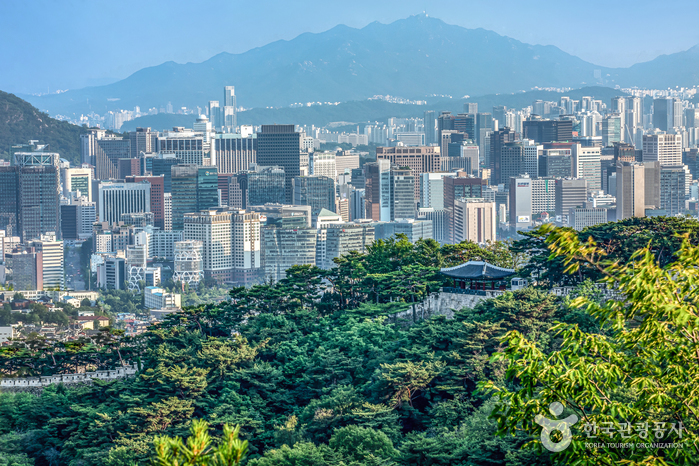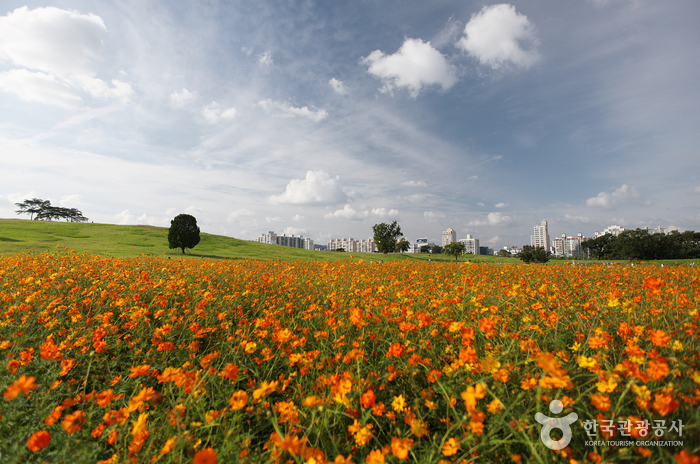Bugak Skyway Palgakjeong Pavilion (북악스카이 팔각정)
Bugak Skyway Palgakjeong Pavilion (북악스카이 팔각정)
 – Homepage
– Homepage
tour.jongno.go.kr
Bugak Skyway Palgakjeong Pavilion exudes a tranquil, serene beauty regardless of the season. The pavilion, which sits on Bugaksan’s 1,652,900 square meter summit at an altitude of 345 meters, was built in a traditional Korean-style and became a popular attraction within the city. There are also spaces for visitors to enjoy food and drinks.
– Address : 267 Bugaksan-ro, Jongno-gu, Seoul
※ Presentation Information
– Information and Guides
+82-2-6048-1245
– Parking
Available
– Day Off
N/A (Open all year round)
– Operating Hours
Open 24 hr
– Tour Course Information
* Gwanghwamun Gate → Palgakjeong Pavilion (Approx. 10 ㎞)
* Samcheong-dong → Palgakjeong Pavilion (Approx. 10 ㎞)
* Donam-dong → Palgakjeong Pavilion (Approx. 11 ㎞)
– Film Locations
Dramas – “Seoyoung, My Daughter (2012),” “Maybe Love (2012)”
– Restrooms
Available
– Available Facilities
Traditional yard, viewing area, resting area, observatory, walking trails, cafe, snack bar, restaurant, telescope, etc.
– Admission Fees
Free
– Parking Fees
Cars: 400 won for every 10 min
Buses: 1,200 won for every 10 min

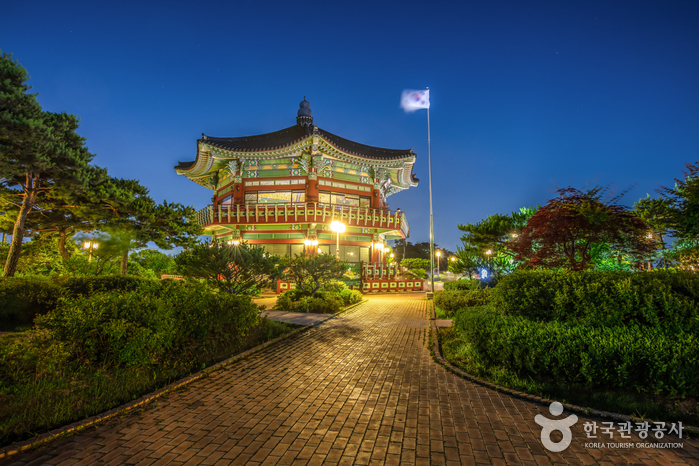
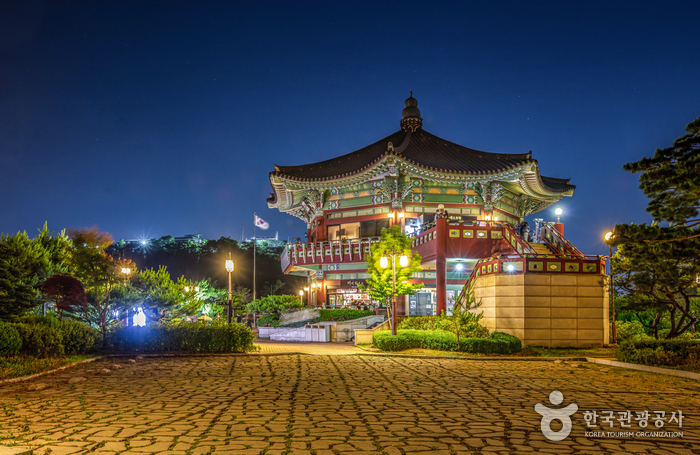

◎ Nearby Tourism Infobox
⊙ Korea Furniture Museum (한국가구박물관)
The Korea Furniture Museum, located on a hill in Seongbuk-dong, Seoul, is a special museum that displays items related to Korea’s traditional living culture. The museum exhibits wooden furniture made in the late Joseon dynasty by material (persimmon tree, maple tree, paulownia tree, zelkova tree, pine tree, papers, etc.), by the type of space (men’s quarters, women’s quarters, kitchen, etc.), and by regional characteristics. It also exhibits interior decorations, flower walls, chimneys, and yards, as well as ten traditional Korean houses.
This museum operates through a guided tour (maximum of 20 people per group) only, suitable for showing Korea’s housing culture that harmonizes furniture and nature. The old household items, “furniture,” are displayed in rooms outside glass storage boxes, allowing visitors to experience a beautiful traditional culture.
Since it was selected as the official luncheon venue for the spouses of leaders of 20 countries at the 2010 G20 Seoul Summit, there has been a steady stream of state guests and worldwide celebrities, including Chinese President Xi Jinping and his wife, the German President, the Prime Minister of Hungary, the Prime Minister of Singapore, the King and Queen of Belgium, the King of Sweden, the head of the IMF, and movie stars Brad Pitt, and Victoria Beckham.
In addition, it was selected as the “most beautiful museum in Seoul” by CNN in 2011. The museum also served as an interview location for BTS members, who are receiving global attention. As such, it is attracting attention as a representative tourist destination in Seoul and a cultural space preferred by government ministries and companies. Tours require reservations, which can be made through the website.
⊙ Jamunbak Cultural Festival (자문밖문화축제)
– Homepage
jmbforum.org
– Tel
+82-2-6365-1388
The Jamunbak Festival is a celebration of the artistic life of Seoulites. At the foot of Bukhansan Mountain, the festival features exhibitions, performances, forums, workshops, and field trips that bring together artists of different generations and citizens of Seoul—who have long led Korea’s artistic culture—to reflect on and propose new directions for their own artistic lives. The festival aims to create a platform where emerging artists experimenting with new aesthetics, mid-career artists who form the backbone of Korean art, collectors, critics, students, and the general public can all engage in dialogue together.
⊙ Total Museum (토탈미술관)

– Homepage
www.totalmuseum.org
– Tel
+82-2-379-7037
The Total Museum is a branch of Jangheung Art Park (formerly “Total Outdoor Museum”) that opened near Bukhansan Mountain in April 1992. It houses facilities such as an art academy, library, art shop, and outdoor performance stage. In addition to exhibitions, the museum holds a variety of art and culture programs like musical concerts, events, lectures, and seminars. In particular, the members-only educational programs and gallery concerts provide a chance to enjoy high-quality cultural events.
⊙ Gana Art Center (가나아트센터)
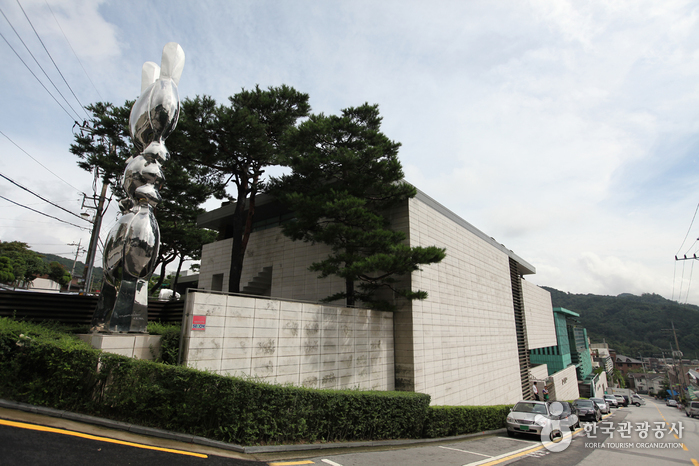
– Homepage
www.ganaart.com
The Gana Art Center located at the foothills of Bukhansan Mountain has been showcasing more than 300 exhibitions since its opening in 1983. Through both national and international exhibitions, the Gana Art Center is a recognized gellery. With numerous fairs and exhibitions, Gana Art Center not only invite internationally known artists, but also promotes other forms of art, such as music, theater, mime, etc. Through their flexibility in promoting all art forms, the visitors will surely be able to find the theme of their interest.
⊙ Gilsangsa Temple (Seoul) (길상사(서울))
View detailed guide on Korea Trip Guide →
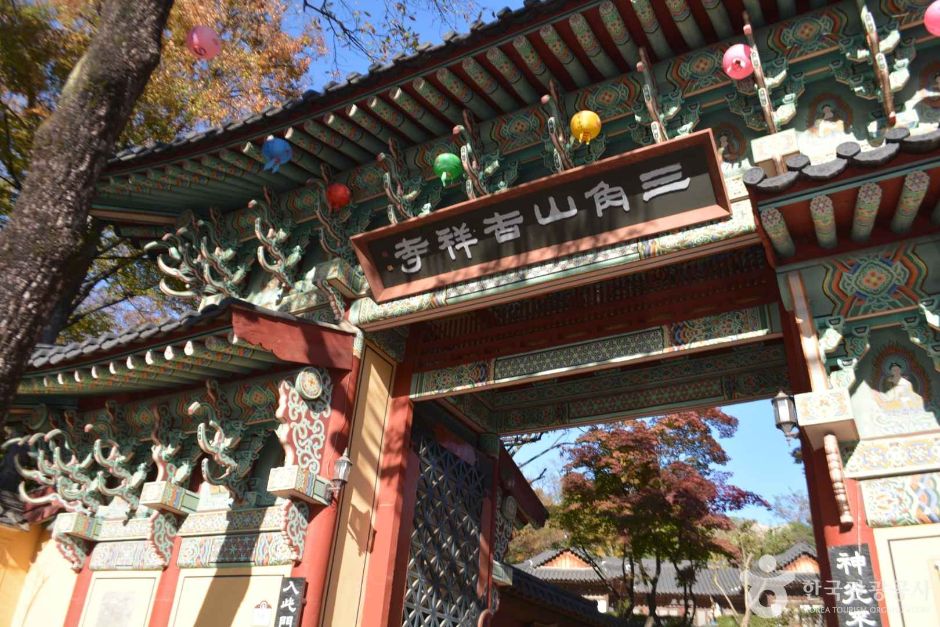
– Homepage
kilsangsa.info (Korean, English, Chinese, Japanese)
– Tel
+82-2-3672-5945
Gilsangsa Temple is a prominent temple located in Seongbuk-dong, Seoul. The name Gilsangsa means “a favorable and auspicious temple.” Visitors can experience temple, participate in Buddhist practices, and even enjoy Templestay programs on weekends. In fall, visitors can admire red spider lilies and wildflowers, immersing themselves in the beauty of nature and finding inner peace.
⊙ Bukjeong Village (북정마을)
Bukjeong Village, situated along the slopes of Seongbuk-dong, offers a glimpse into Korea’s old alleyways. The village expanded as refugees from the Korean War (1950–1953) and people from various regions settled, building houses under the collapsed walls of Hanyang doseong (Seoul City Wall). Presently, the village is home to young artists, and the broad street in front of the village bus stop hosts various community events.
⊙ Seongbukro (성북로)
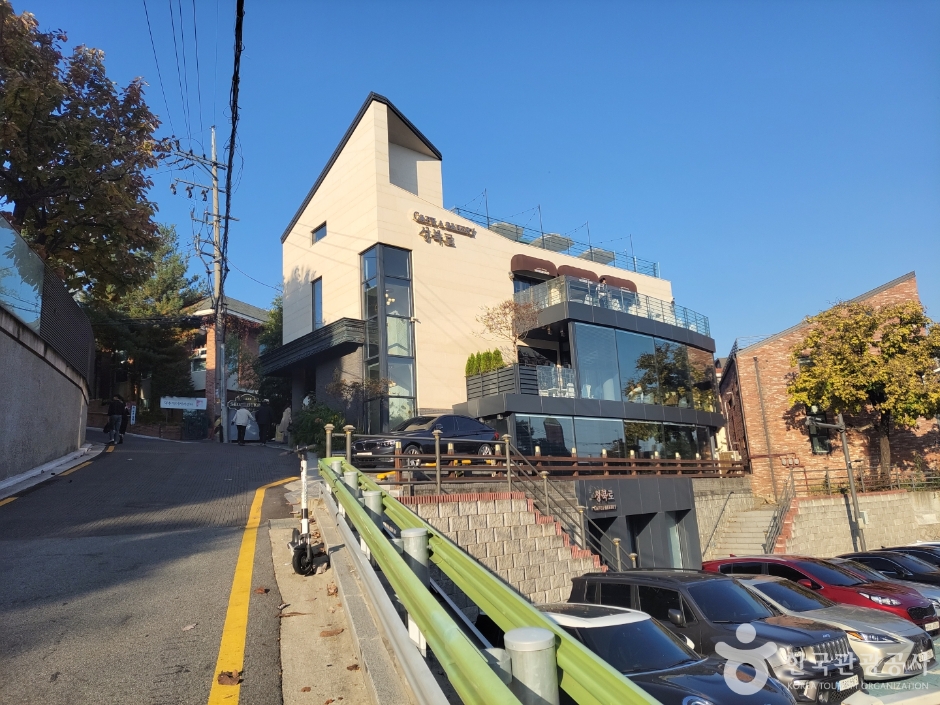
Seongbukro is a café located 15 minutes away from the UNESCO World Heritage site Changdeokgung Palace. With an elegant atmosphere, the café is structured with three floors and a rooftop. The signature menu is the mandarin latte, featuring a refreshing taste with plenty of tangerines in milk. Additionally, the café is known for making desserts on-site, following the principle of selling them on the same day they are produced. Signature desserts include croissants with milk cream and mont blanc.
⊙ Sooyeon Sanbang (수연산방)

– Homepage
https://www.instagram.com/sooyeonsanbang
Sooyeon Sanbang is a traditional tea house located in Seongbuk-dong. It was originally built during the Japanese colonial period and was the hanok of the literary figure Lee Taejun. Today, it is operated as a tea house by the writer’s granddaughter. The name Sooyeon Sanbang means “a house where literati gather in the mountains.” Visitors can enjoy traditional teas such as daechucha (jujube tea) and ssanghwacha (medicinal herb tea), along with snacks like injeolmi (bean-powder-coated rice cake).
⊙ Whanki Art Museum (환기미술관)
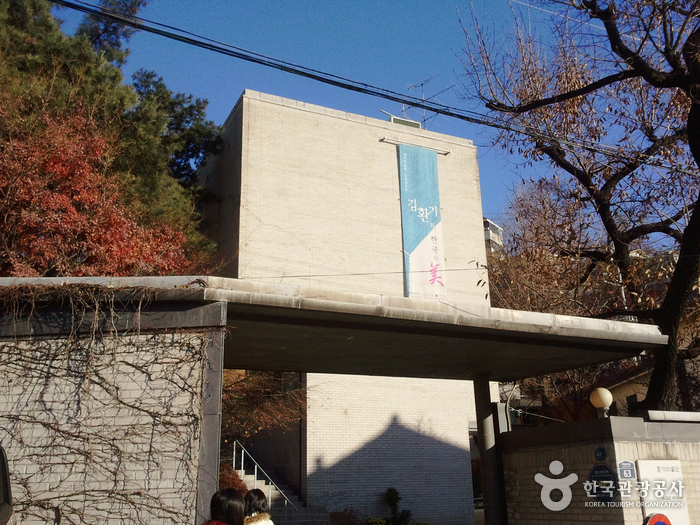
– Homepage
www.whankimuseum.org
– Tel
+82-2-391-7701
Whanki Art Museum exhibits the works of Kim Whanki (1913-1974), the pioneer of Korean abstract art. Kim was inspired by traditional features such as Korean mountains and streams, the sky, moons and clouds, the white porcelain and traditional patterns, and worked to express them in abstract forms through points, lines, and surfaces. The main collection features nearly 300 works by Kim. One can also find an art shop and a café.
